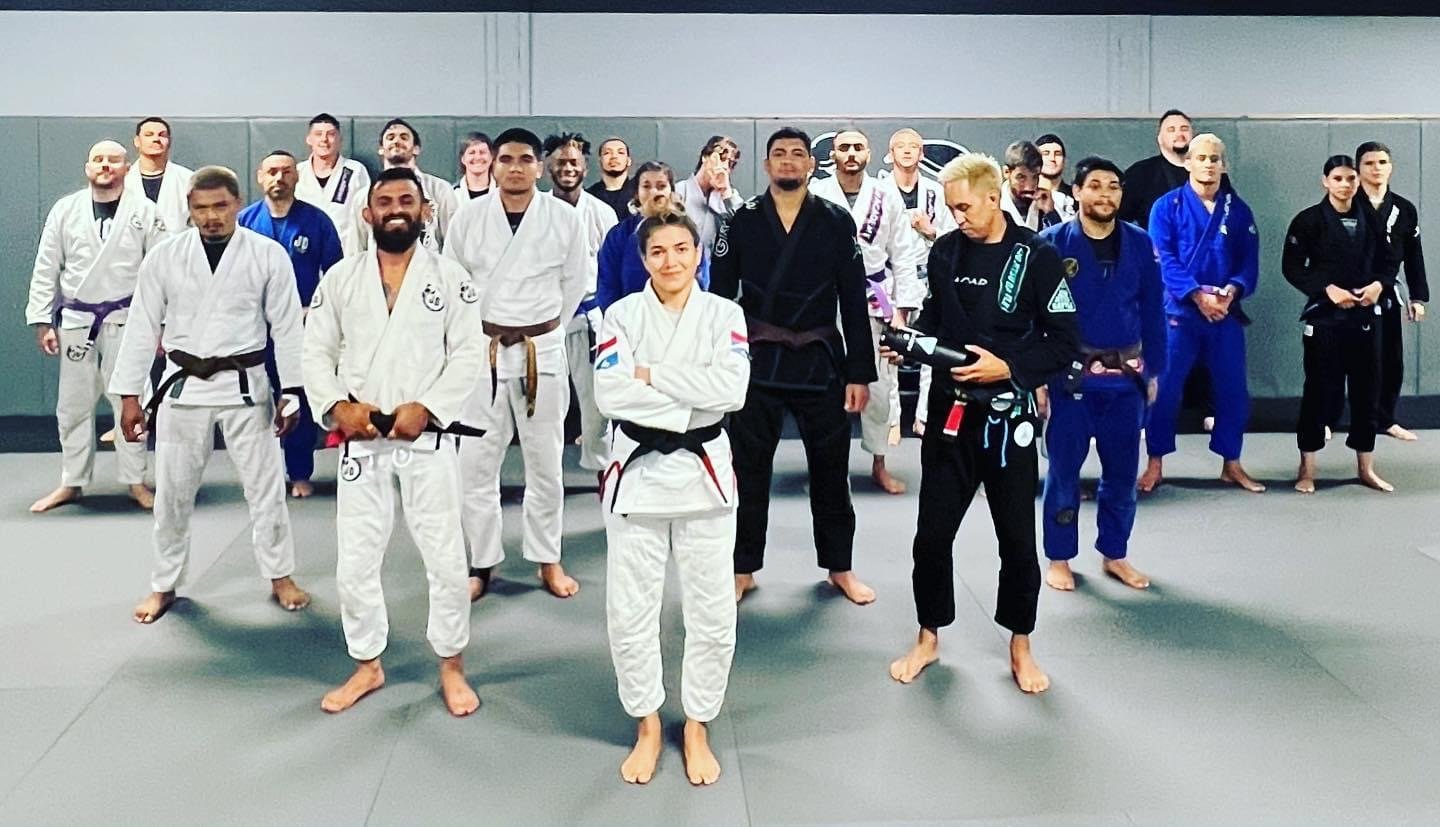BJJ Basics: A Beginner's Guide to Brazilian Jiu-Jitsu Fundamentals
Brazilian Jiu-Jitsu (BJJ) is a martial art that focuses on ground combat, emphasizing leverage, technique, and strategy over brute strength. For those new to the sport, understanding the basics is crucial for progress and safety. Here's a beginner's guide to the fundamental principles of BJJ.
1. Fundamental Principles of BJJ
Leverage and Technique: One of the core principles of BJJ is using leverage and technique to overcome opponents. This allows smaller individuals to defend against and even submit larger opponents.
Position Before Submission: Before attempting a submission, it's essential to secure a dominant position. This principle ensures safety and increases the chances of a successful submission.
2. Basic Positions
Guard: The guard is a foundational position where one person is on their back, using their legs to control their opponent.
Mount: In the mount position, one person sits on their opponent's chest, giving them a dominant position.
Back Mount: This is when one person takes the back of their opponent, wrapping their legs around the opponent's waist.
3. Basic Submissions
Rear Naked Choke: From the back mount, this choke cuts off the air supply, leading to a tap out.
Armbar: A joint lock that targets the elbow, forcing the opponent to tap out.
Triangle Choke: Executed from the guard, this choke uses the legs to cut off the air supply.
For those eager to delve deeper into BJJ, there are numerous resources available. Beginners might find books or PDFs on BJJ fundamentals and BJJ basics for beginners particularly helpful. Additionally, joining a BJJ fundamentals class can provide hands-on experience and guidance from seasoned practitioners.
Understanding the basics of BJJ is the first step in a rewarding journey of self-improvement, discipline, and mastery. As the old saying goes, "A black belt is a white belt who never quit."

